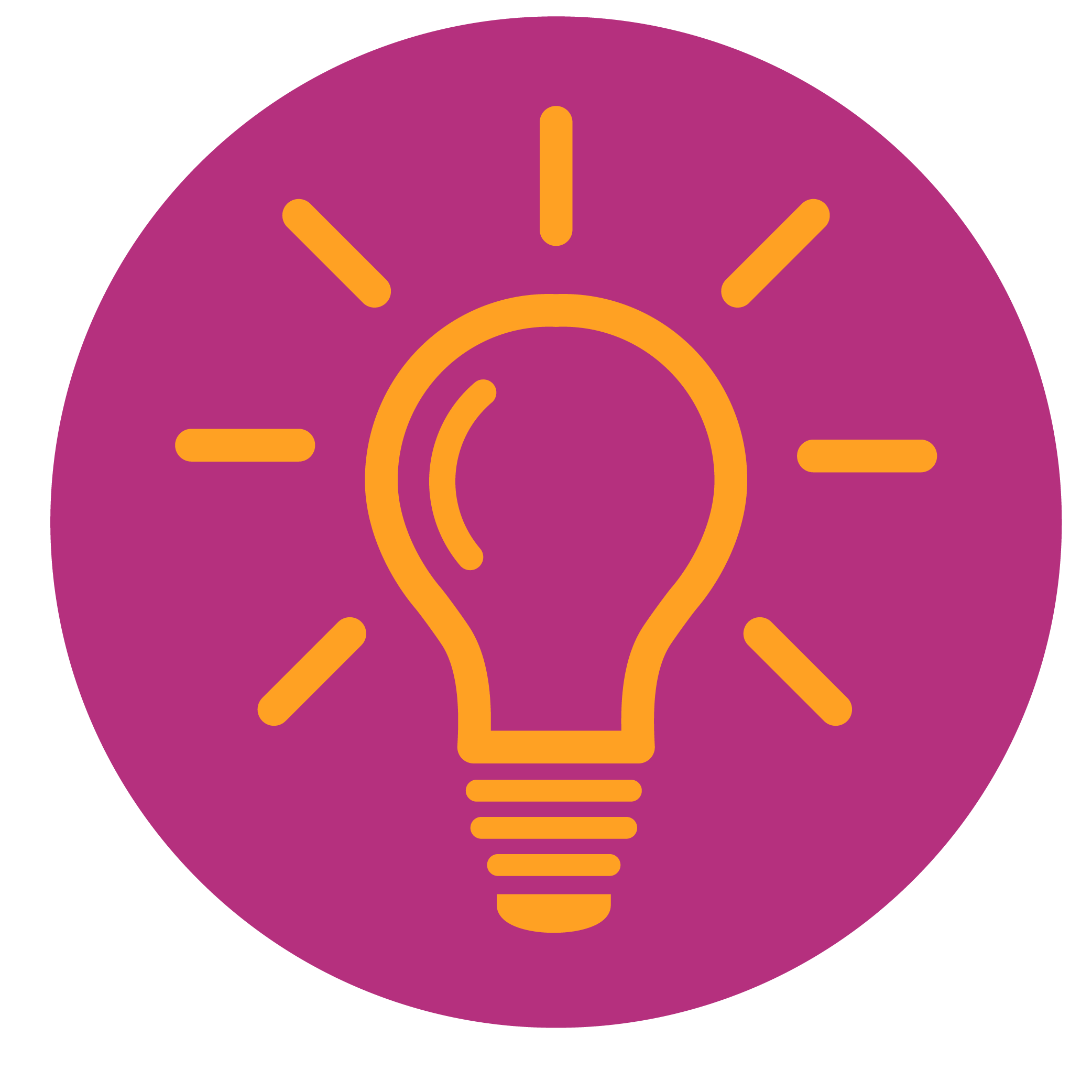
Design Challenges
What is a Design Challenge?
Design Challenges offer a fun, engaging way to learn about a complex problem while also learning a creative and collaborative process. We want young people to learn how to learn, and offer design challenges as a framework for students to lead their own learning process.
There are 5 steps embedded in every Design Challenge and each step offers opportunities for deep learning.
Opportunities for Deep Learning
Our Design Challenge Toolkit and Facilitator Guide provides “how-to” activities for the classroom
STEP 1
Discover
Investigate the problem through primary and secondary empathy sites such as live interviews, articles, video, and podcast. Identify user insights.
STEP 2
Analyze & Define
Build data sets out of the user insights collected from the discover phase. Cluster insights into affinity groups. Begin to define problems based on the point of view of the user.
STEP 3
Generate Ideas
Once problems or needs have been identified, allow student teams to select one that is most compelling to them. Begin brainstorming exercises (included in toolkit) to generate new ways to address the problem.
STEP 4
Prototype & Test
Teams select one of their new ideas to develop through a prototype, identifying functional features that address user needs. Test the new concept and iterate for desirability, feasibility, and viability.
STEP 5
Pitch
Sharing-out solution concepts in a compelling pitch presentation is the final piece of the design challenge. Teams share their process and product with a larger audience.
Design Challenge events boost student motivation with prizes, awards, and recognition!
Celebrate student solutions that have the potential for real impact in the community.
Take a look at some of the previous Design Challenge videos and get inspired!
How a Design Challenge Flows
A Design Challenge consists of 20-25 hours of student design work. Choose a 10 week or 3 week schedule.
Previous Design Challenges
Tap into students passion and purpose for making the world a better place!
Design Challenges focus on climate, racial, and social justice issues.
Community-connected learning is a part of every challenge. Students engage with industry thought leaders and mentors for real-world learning.














